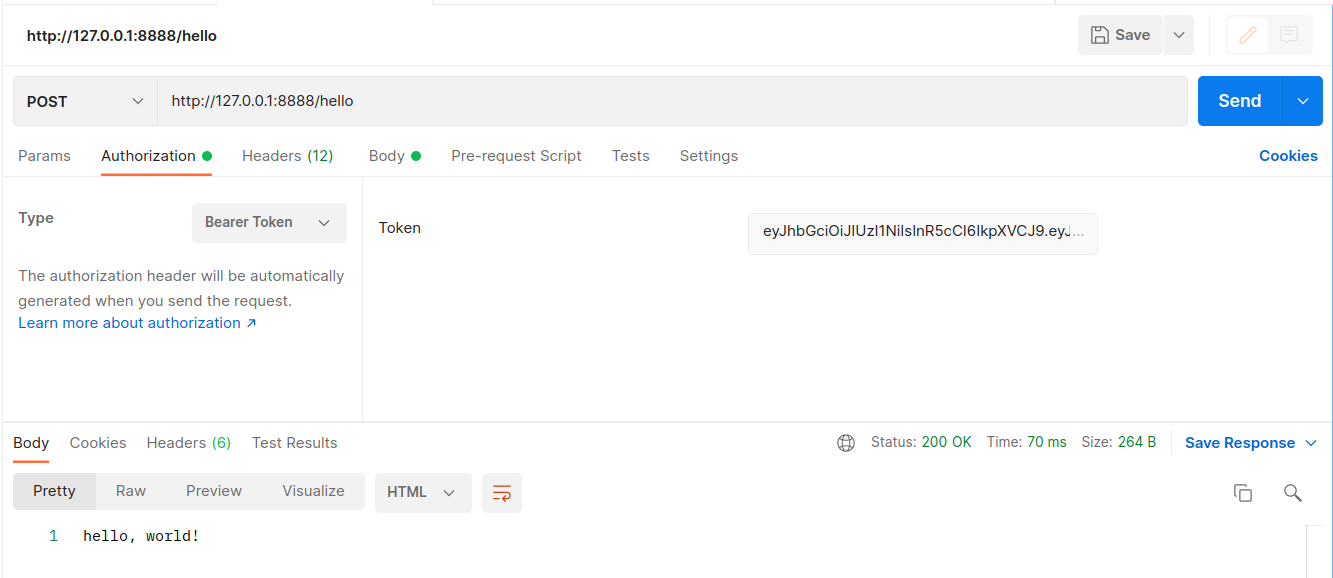Authentication
Authentication for Fission Functions
When using Fission, if you are using an ingress, you might already have some form of authentication in place for external calls. But if you aren’t, Fission didn’t provide a way to configure authentication for your API calls.
Starting with v1.16.0, Fission allows you to have an authentication mechanism in place for Fission function invocations.
Understanding Authentication for Fission Functions
Fission does so by enabling authentication for Fission Router. This is an optional feature that can be enabled/disable depending on your requirement.
When enabled, a new endpoint for authentication will be registered in the router. All the API calls to Fission functions will now be routed through function endpoints using authentication token.
Fission will also create a secret named router in fission namespace with a default username, a randomly generated password and a jwtSigninKey.
This secret is mounted on a volume on the router pod.
The user has to first create an auth token by providing the username and password.
The token generated has to be passed in the authentication header for all subsequent API calls to the function.
Enabling Authentication
To enable authentication, you need to set the key authentication.enabled to true.
This can be found in charts/fission-all/values.yaml.
--set authentication.enabled=true
You can also set other parameters related to Authentication
## authUriPath defines authentication endpoint path via router
## default '/auth/login'
authUriPath:
## authUsername is used as a username for authentication
## default 'admin'
authUsername: admin
## jwtSigningKey is the signing key used for signing the JWT token
jwtSigningKey: serverless
## jwtExpiryTime is the JWT expiry timein seconds
## default '120'
jwtExpiryTime:
## jwtIssuer is the issuer of JWT
## default 'fission'
jwtIssuer: fission
Refer to our installation guide if you are installing Fission for the first time. Or visit our Fission Upgrade guide if you’re upgrading from an older version.
Generating Auth Token
Once the installation is successful, you need to generate the auth token.
To do that, you will export the values and set up $FISSION_USERNAME, $FISSION_PASSWORD and $FISSION_AUTH_TOKEN env variables.
export FISSION_USERNAME=$(kubectl get secrets/router --template={{.data.username}} -n fission | base64 -d)
export FISSION_PASSWORD=$(kubectl get secrets/router --template={{.data.password}} -n fission | base64 -d)
export FISSION_AUTH_TOKEN=$(fission token create --username $FISSION_USERNAME --password $FISSION_PASSWORD)
To understand more about generating tokens, refer to our Fission Token Create document.
With this all your API calls to Fission functions are now authenticated using the token generated. If a malformed token is used, the API call will fail and return an error.
The
auth tokenis valid for 120s by default.
Using Authentication in Fission
Once authentication is enabled, you can use it in two ways:
- Fission Function
testcommand - Fission Function API call
Fission Function test command
Make sure that the environment variables are set before you test your function.
fission function test --name hello
hello, world!
If the environment variable is not set, you need to pass it using the --header flag
fission function test --name hello --header "Authorization: Bearer <token>"
hello, world!
If the auth token is not configured correctly or malformed, the function will not be invoked and instead will return an error.
fission fn test --name hello
Error: Error calling function hello: 401; Please try again or fix the error: {"message":"Unauthorized: malformed Token","statusCode":401}
Error: Error getting function logs from controller: error getting logs from controller, status code: '500'. Try to get logs from log database.
Fission Function API call
In order to execute Fission functions over API calls, you need to first ensure that your fission function has an associate route created.
Creating a route for your Fission function
fission route create --name sample --method GET --url /hello --function hello
The next step is to forward the port
kubectl port-forward svc/router 8888:80 -nfission
Using curl you can invoke the function by passing the auth token in the header
curl http://localhost:8888/hello -H "Authorization: Bearer ${FISSION_AUTH_TOKEN}"
hello, world!
You can also test your Fission function using Postman.
Generate the auth token and pass it as bearer token in the header of the request.
